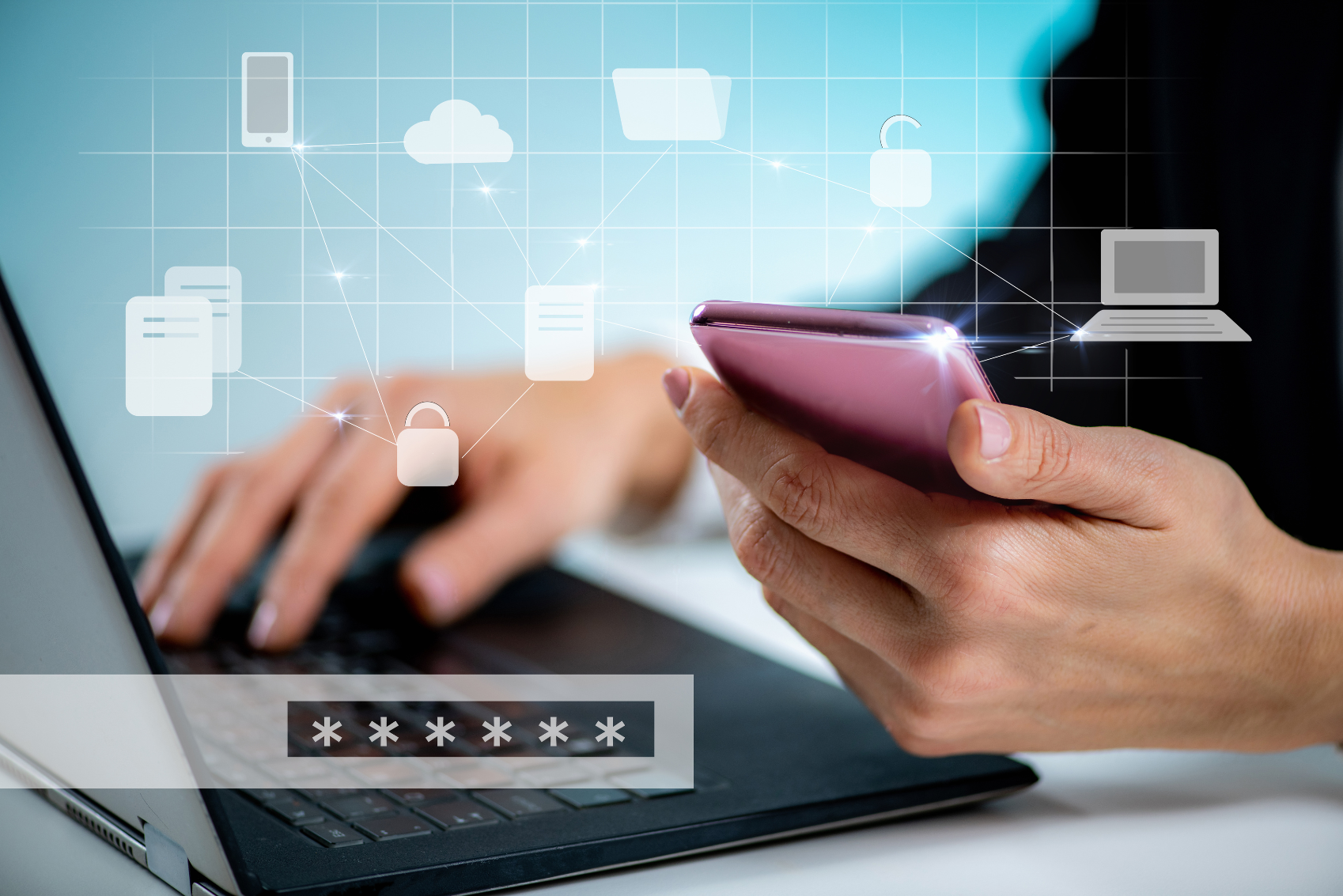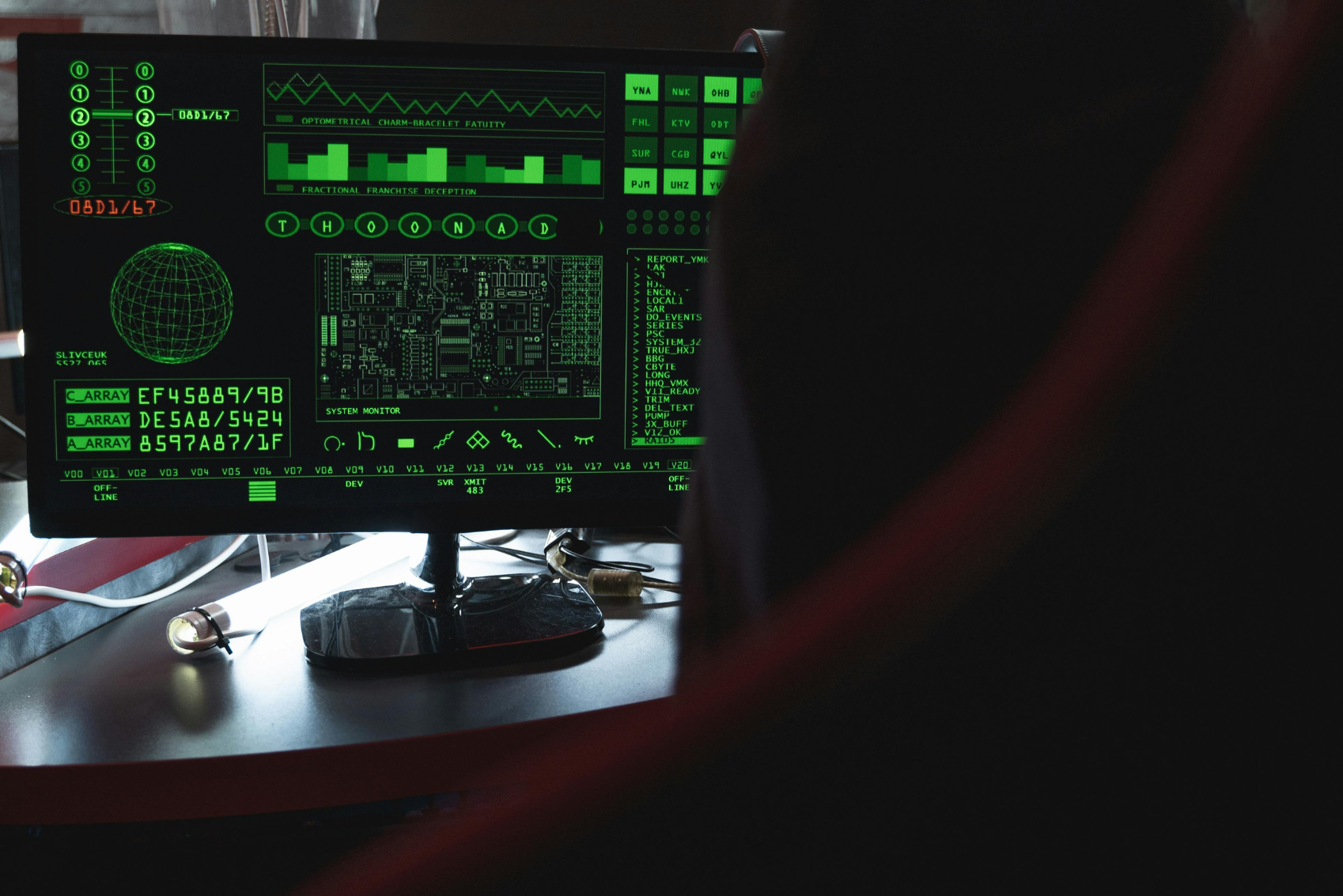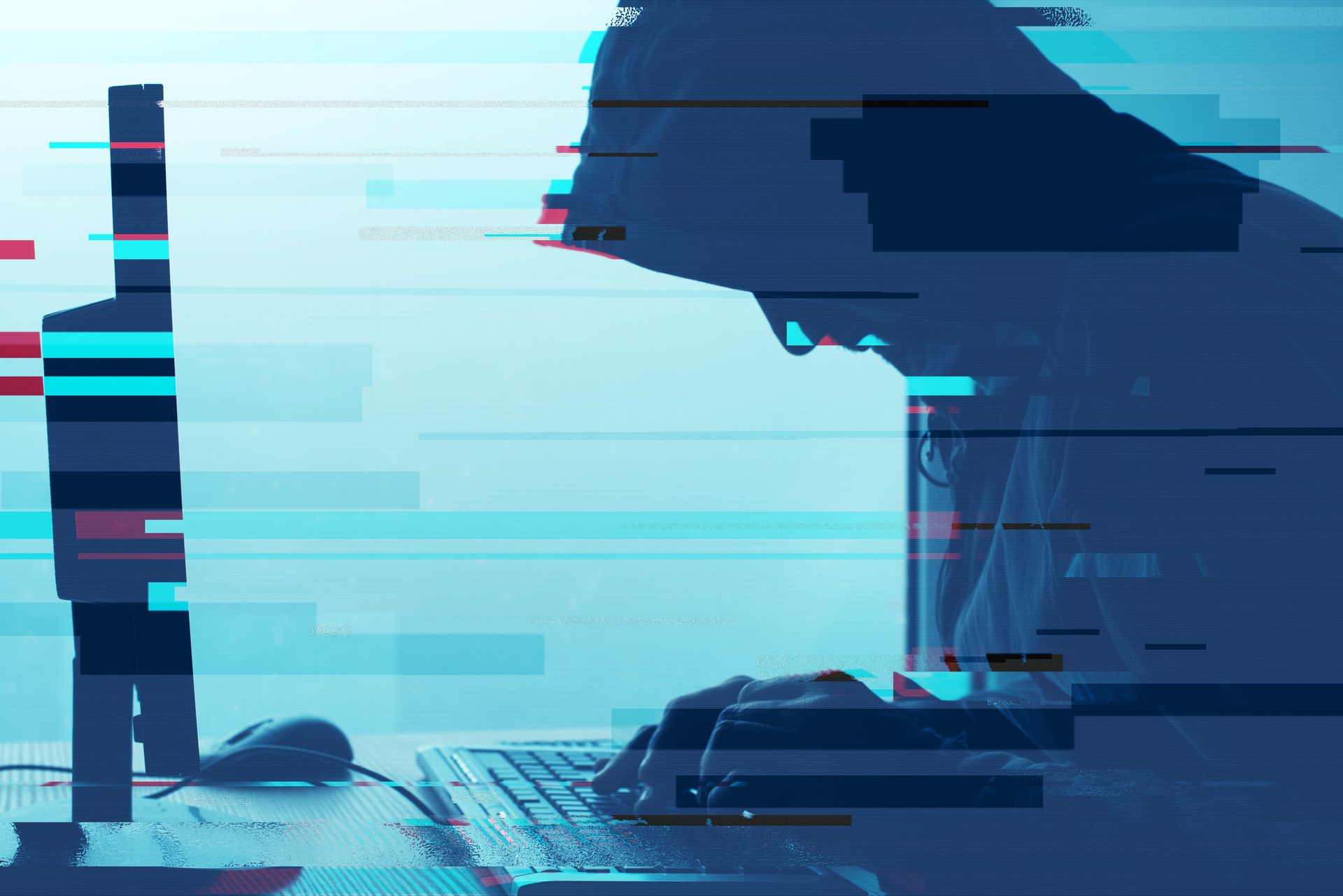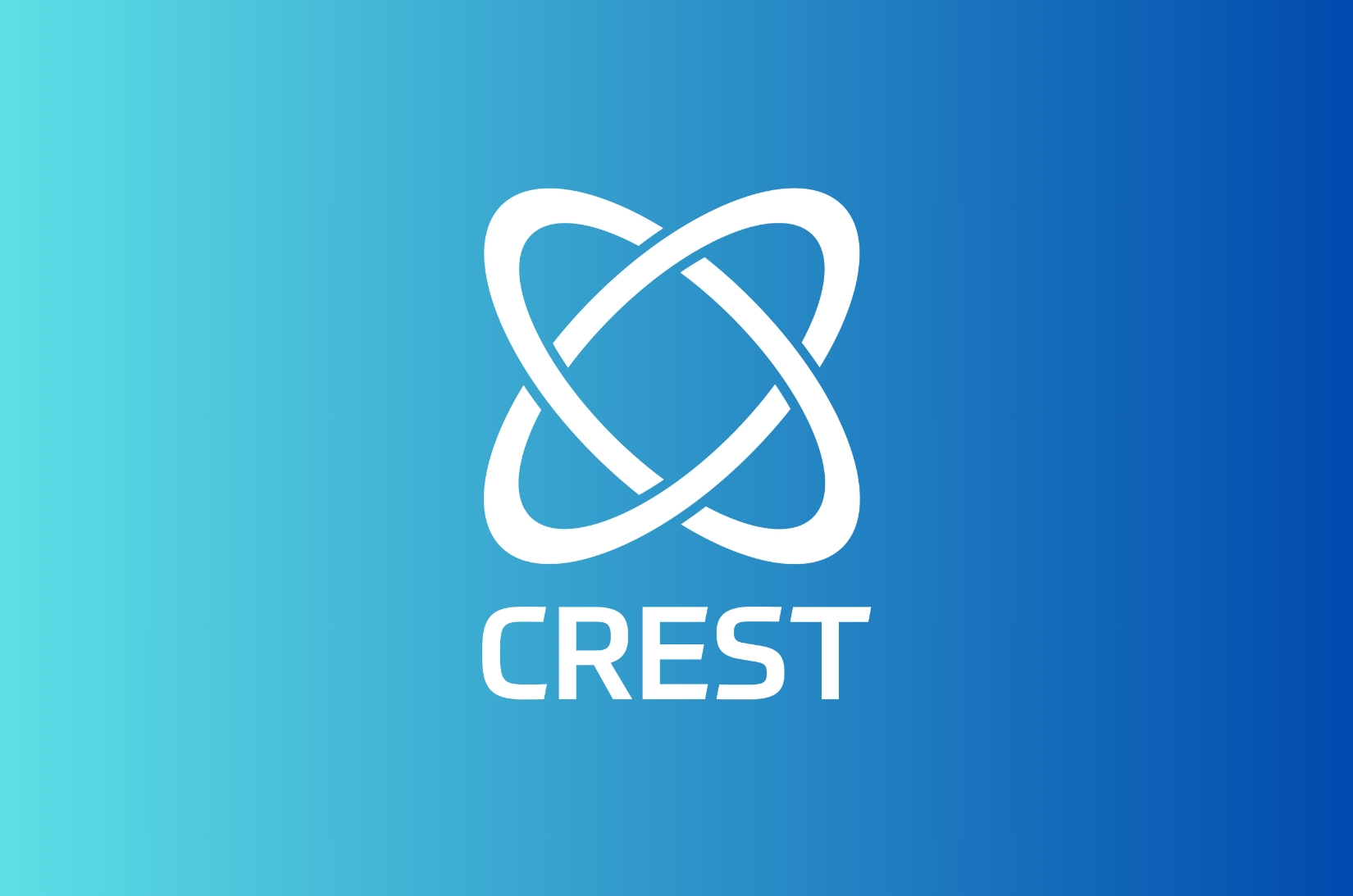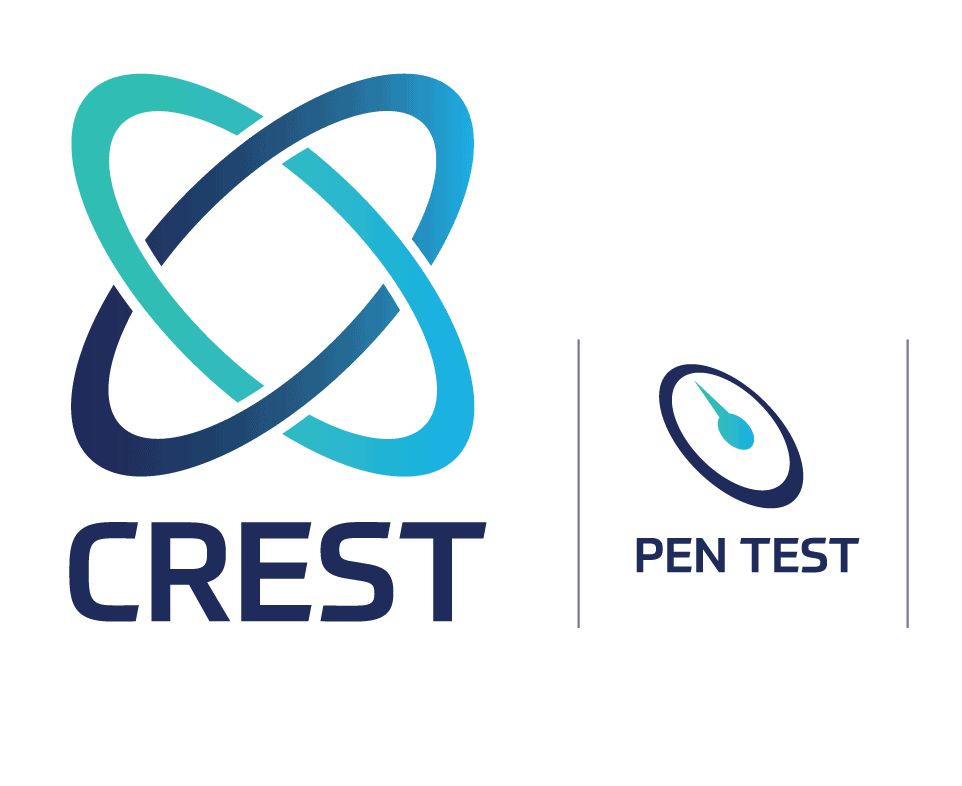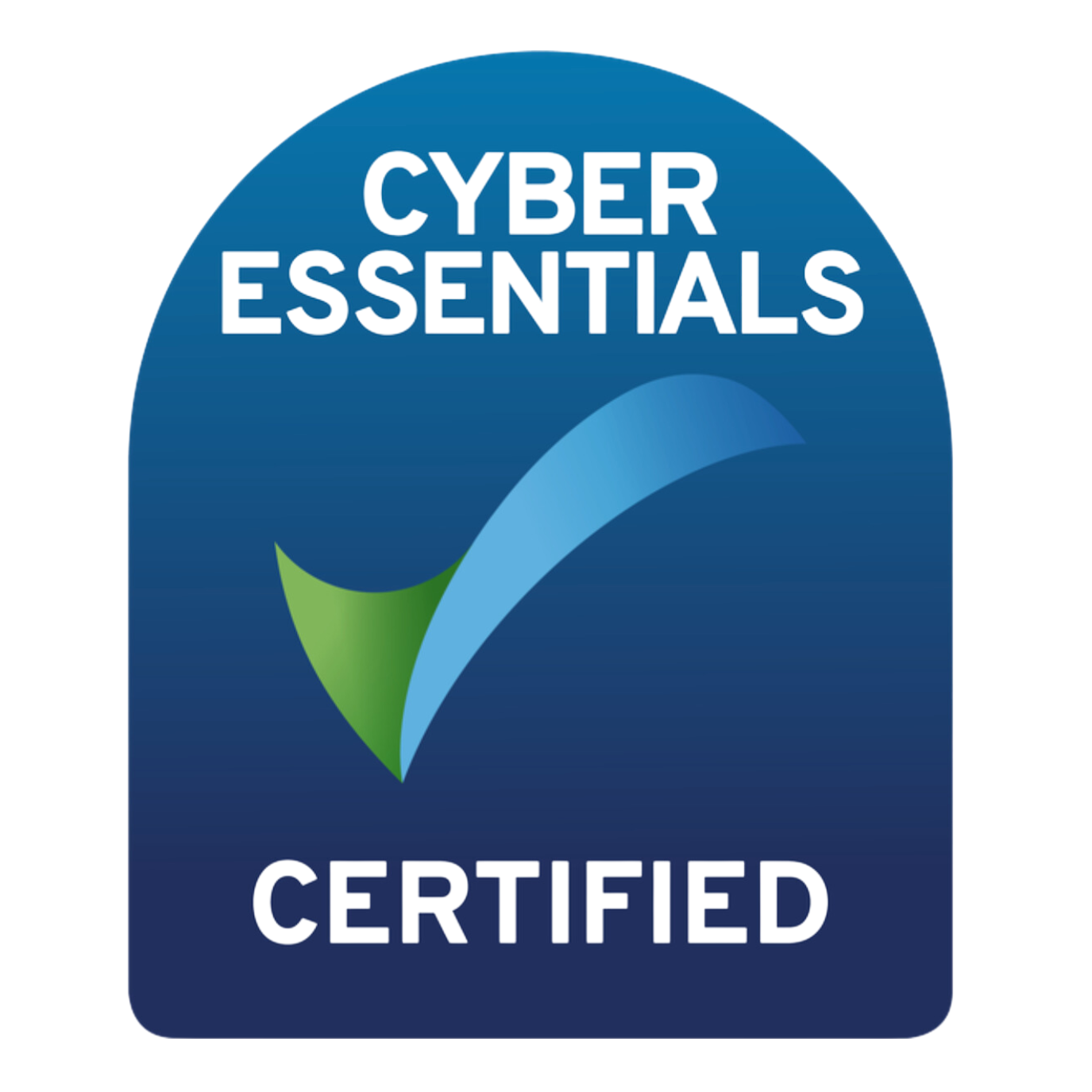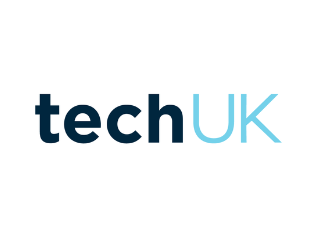New technologies mean new vulnerabilities.
The proliferation of new technologies means that healthcare providers are increasingly vulnerable to cyberattacks. The healthcare industry was once considered one of the most secure sectors because of its focus on patient data privacy, but that may no longer be true.
New technology can bring with it new vulnerabilities, so it's important for healthcare organizations to understand how they can protect themselves against these threats.
The following examples show how technology has made our lives easier in some ways, but more vulnerable in others:
- Electronic medical records (EMRs) allow doctors at different facilities across state lines or even countries to share information quickly and efficiently while keeping patients' personal details private-but they also make it easier for hackers to access sensitive information such as Social Security numbers and birthdates through systems like "phishing" emails pretending to come from reputable sources.
- Mobile apps allow patients who travel frequently between home, work and school schedules keep track of their medications while eliminating paper copies-but they also allow hackers access if those devices aren't properly secured.
- Smart watches equipped with GPS tracking capabilities enable parents worried about their children's safety while traveling alone during long commutes without adult supervision; however these same devices could be used by criminals seeking out victims based on location data collected via social media profiles.
What is a healthcare cyber attack?
A cyberattack is an attempt to breach the security of a network. It can be carried out by a single person or by a group of people, and it may be carried out by criminal organizations or state actors.
Cyberattacks can take many forms:
- Malware--Malicious software designed to damage or disable computers and computer systems
- Ransomware-A type of malware that encrypts files on your computer until you pay money for their release (ransom)
- Phishing-An email scam designed to trick you into giving up personal information or clicking on links in emails that lead to malware downloads
Ransomware attacks
Ransomware attacks are a type of malicious software that locks you out of your files and demands payment before you can use them again. The goal of ransomware is to extort money from the victim, and there are several different types:
- Cryptowall encrypts files on your computer and then asks for a $200 payment in Bitcoin if they want their files back.
- CryptoDefense targets Windows computers by encrypting all documents, pictures, music and videos stored on them before demanding $500 worth of Bitcoins or else they'll delete everything forever!
DDoS attacks against healthcare organisations
A Distributed Denial of Service (DDoS) attack is a type of cyberattack in which multiple compromised systems are used to target a single system, thus overwhelming its resources and causing a denial of service for users.
While this may sound like a general description of any kind of cyberattack, there's actually quite a difference between a DDoS and other types of attacks. For example, while both involve malicious actors attempting to disrupt normal operations at healthcare organisations, the latter typically involves gaining access to the networks themselves; whereas with DDoS attacks-as their name implies-the goal isn't just gaining access but also disrupting all services provided by those networks!
Healthcare data breaches
Healthcare data breaches are on the rise. In fact, healthcare is one of the most targeted sectors when it comes to cyberattacks. And while there's been some progress in terms of the adoption of cybersecurity measures by healthcare organisations, there's still a lot more work to do if we want to protect patient information from being stolen or hacked.
The costs associated with a healthcare data breach can be high, ranging from $1 million for small hospitals to $5 million for larger ones, and can affect patients' lives as well as those who work at these facilities: According to one study conducted by Ponemon Institute, 28% of healthcare workers said they would consider quitting their jobs if their employer had suffered an incident involving patient privacy violations or fraudulently accessed records (1). This underscores just how critical it is for organizations across this industry--and all others--to take proactive steps toward protecting themselves now before disaster strikes later!
How to prevent a cyberattack in healthcare
There are a number of steps you can take to prevent cyberattacks in healthcare, including:
- Identify and protect against cyber threats. You can't stop a hacker from trying to break into your system, but you can make it harder for them by using strong passwords, two-factor authentication (2FA), keeping software up to date, using encryption and firewalls. These steps will help protect patient data from being stolen or corrupted by malware when it's stored on computers or mobile devices in hospitals' networks.
- Secure your network with encryption at rest and in transit. Encrypting data protects it while it's being transmitted over open networks like the internet and again once it reaches its destination so that only authorised users can access the information they need without worrying about someone else seeing sensitive details such as medical histories or financial records."
The Cybersecurity Rule for the Health Insurance Portability and Accountability Act (HIPAA)
The Health Insurance Portability and Accountability Act (HIPAA) is a US law that protects patients' health information. The HIPAA Security Rule was updated in 2013 and requires healthcare providers to protect patient data by implementing appropriate administrative, physical and technical safeguards. This includes having a written privacy and security policy; conducting risk analyses; performing vulnerability assessments; creating incident response plans; encrypting sensitive data that is at rest or in transit; limiting access to those who need it; monitoring for unusual activity that could indicate an intrusion attempt or breach of security controls, among other things.
The healthcare sector can no longer ignore cybersecurity.
With its growing dependence on digital technology, the healthcare industry has become a prime target for cyberattacks. According to the Ponemon Institute's 2018 Cost of Data Breach Study: Global Analysis, healthcare organizations are experiencing an average breach cost of $3.86 million--the highest cost per record among all industries surveyed and an increase from last year's average breach cost of $2 million (in USD).
Healthcare cybersecurity is a complex issue, but it's one that can be addressed with the right tools and knowledge. As healthcare organisations continue to adopt new technologies like electronic medical records (EMR), they must also take steps to protect patient data from cyberattacks. This means educating staff members on how to spot potential threats, implementing strong passwords and two-factor authentication systems whenever possible-and most importantly of all: staying vigilant against any signs of trouble!
To learn more about protecting your healthcare organisation, book a session with our team to help us better protect you from growing cyberthreats.
[email protected]
|
+44 (0) 20396 22112 